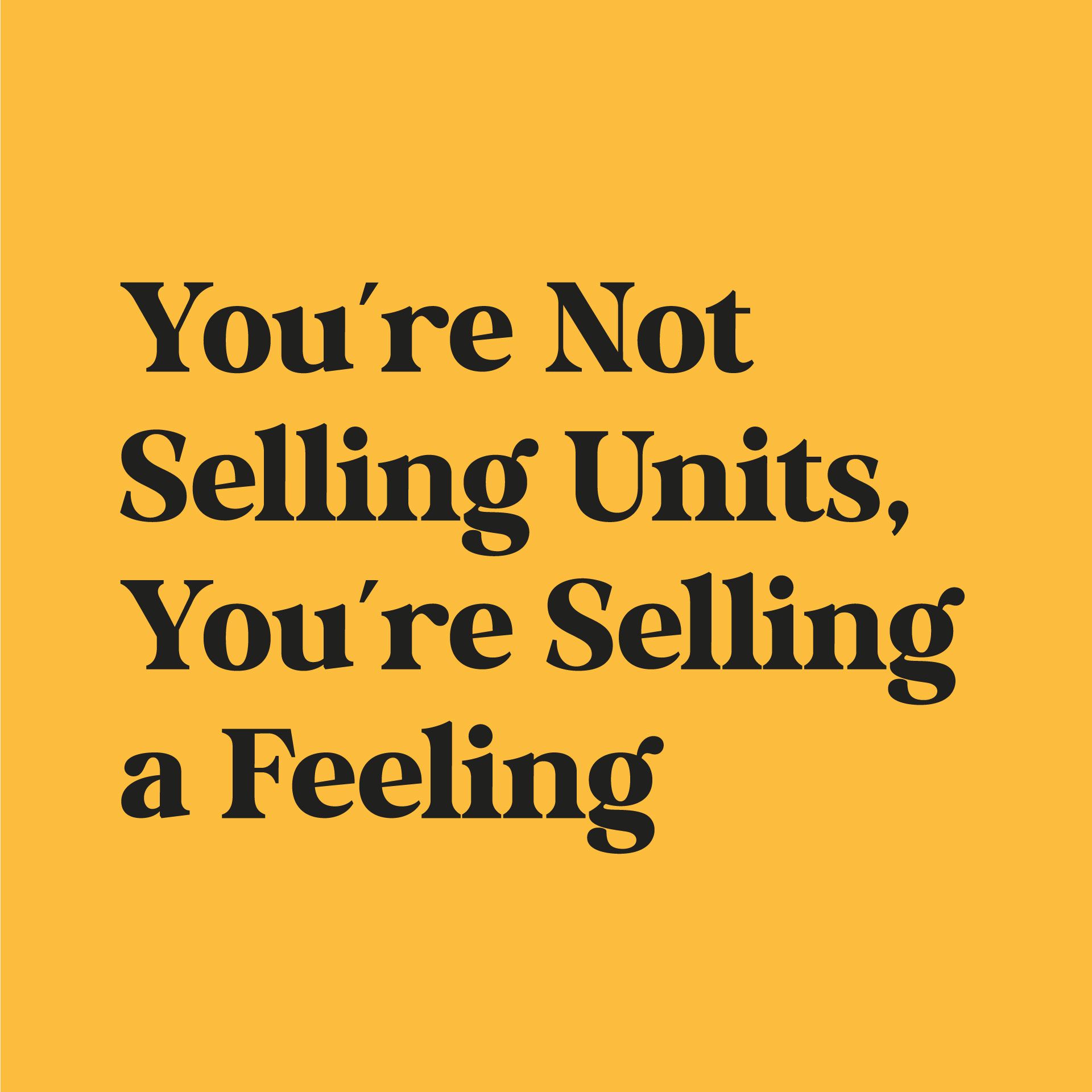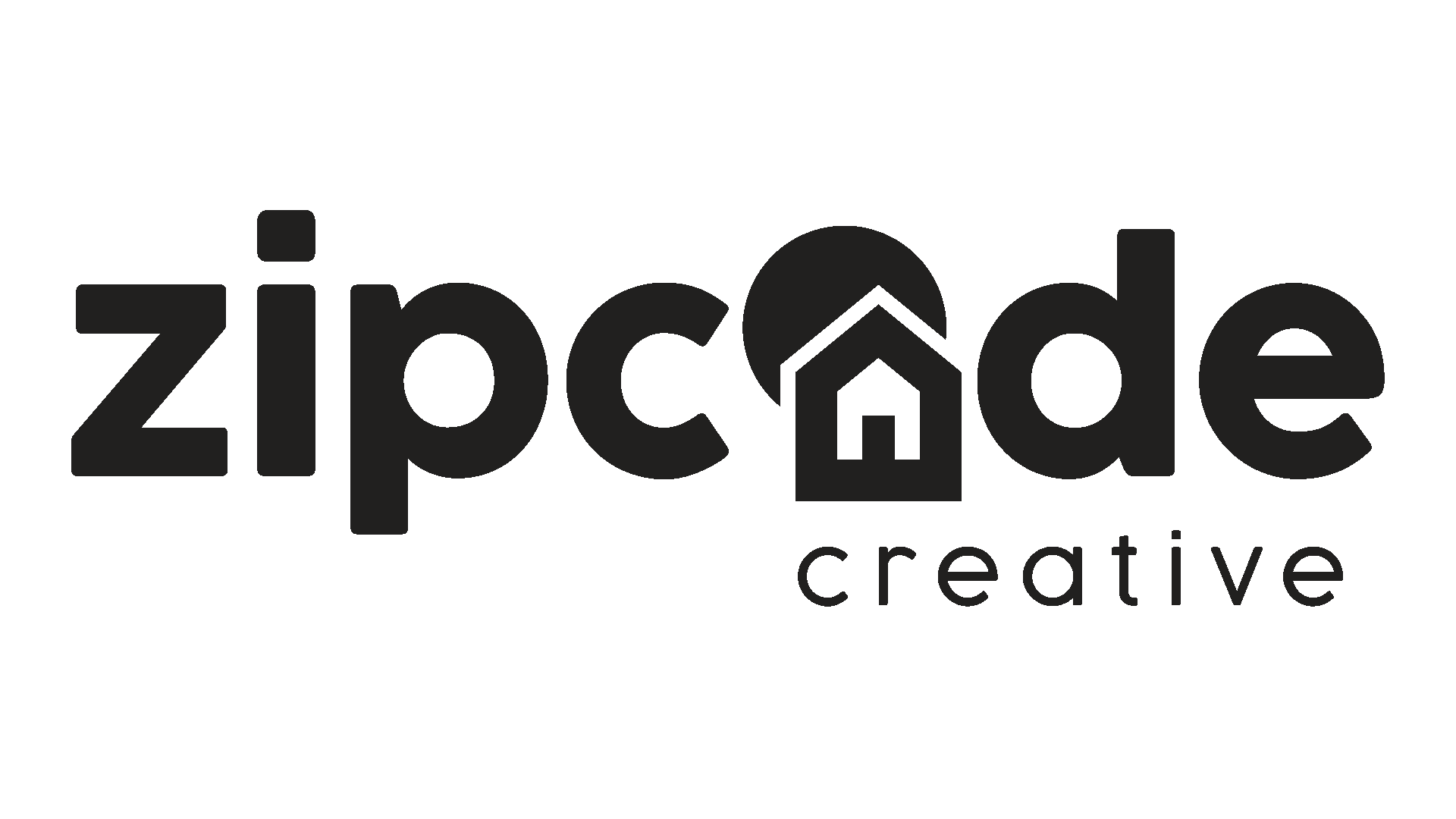
Using Storytelling in Multifamily Branding
Stacey Feeney
We’re all for using storytelling in multifamily branding. So many brands (beyond apartment communities) are already focused on telling a compelling story to connect with their audience emotionally. Maybe this is through the brand’s history, values, or mission, through a marketing campaign, or by highlighting the people behind the brand. But the multifamily branding market has so many good stories to tell; it’s time to put them front and center.
Let’s start designing brands with better storytelling as a focus (to help prospective residents visualize living at your community). But how? A couple of different ways:
Identify Your Audience
THE AUDIENCE MATTERS
Think of it in terms of telling a joke. You have to know who you’re talking to, and what they’ll understand—generationally, culturally. As for content and brand voice, think through their problems. Their fears. Their goals. Their desires. Bonus points if you can think forward to desires they don’t even know about yet.
REACH YOUR IDEAL RESIDENT PROFILE
Build up your appeal visually and in your content: Apartment branding should speak to the community’s Ideal Resident Profile (IRP) both with voice and visuals. But who is that?
The IRP is determined based on data driven target audiences, user personas, and current resident demographics to identify the ‘who’ your branding is appealing to. Remember: The IRP doesn’t have to be one type of person, it can identify multiple people or have variations of a persona. The IRP shouldn’t exclude or discriminate against any protected classes, but rather it paints a picture of who is most likely to become residents at a given community.
You’re Not Selling Units, You’re Selling a Feeling
Think through what tops the list of your residents deepest desires. When you determine that, you can write a story that solves the problem, offers a solution, or satisfies those deep desires—all emotional benefits alongside your very real, tangible offerings of homes and apartments and community. Bottom line: Serve, don’t sell. Or, if you must “sell”—sell a feeling.
Here’s what we mean:
EXAMPLE
Allison leases a two-bedroom apartment. But actually, she’s leasing her first home away from home. But then, she’s leasing a space to offer guests when they visit her. She’s also leasing the feeling of joy in hospitality. And maybe she’s leasing some sense of independence when she buys things to make her apartment feel homey. Or the independence that only comes from leaving home, knowing that she’ll find community in the welcoming neighbors surrounding her.
The example above included zero amenities. And certainly not in a list format. Sure, amenities could be part of another story, but this one is one of independence. Branding should be so much more than looks and descriptions of amenities—it’s knowing your audience and serving their wants, needs and desires. Now, how to do it.
Storytelling Techniques
IDENTIFY KEY ELEMENTS
Of the brand story, that is. Think of the “we’ve always done it this way” crew—challenge it. Figure out what issues surround things staying the same. Figure out a way to work around it and re-work it completely, to the benefit of your residents. Now you’ve just identifies the key elements of a brand story:
1) Status Quo
2) Conflict
3) Resolution
CREATE A NARRATIVE ARC
If you want to get a little more literal, we can go by the book:
Exposition. Rising action. Climax. Falling Action. Resolution. Happily Ever After.
You get the picture. Think of using storytelling in multifamily branding more in terms of books or movies. Set it up (but not for too long), create a sense of urgency, hit them with some intensity or problems, bring it to the heights, and then resolve (obviously with your community as the solution).
STORY TYPES
Not every story is for every audience. But there are four main story types you can use to reach your audience. Each one serves a slightly different purpose:
Value – This tells the story of what your community offers to a future resident; how it will change their life.
Founder – This tells the story of the company’s beginning—who started it, who’s running it (makes it personal)
Purpose – This is the “big meaning” you portray, and helps bring your staff/company together around values.
Customer – This is what it means to a specific resident that found your community and is now living their best life—thanks to your multifamily community.
Use these four types for bringing storytelling into multifamily branding—and portray your brand through and through. In fact, one of the questions we suggest you ask yourself before a rebrand is: “Are we telling the right story—the story we want to tell?”
BRING THE STORY TO LIFE
Details are your BFFs for this. You need to bring in these four pieces of detail that will get ‘em every time:
- Specific, relatable characters
- Real emotions
- Specific time or moment
- Imagery and descriptions
Without these details, your story doesn’t feel quite real. Add in details to paint the picture you most want to convey and your audience will “get it”. Especially if they’re an audience you’ve already identified…
Why Storytelling Works
SHIFT THE FOCUS
Storytelling in apartment branding is a different approach. It’s a mindset shift.
You’re not leasing vacant units, you’re ______________
- Providing a fresh start for a young professional
- Opening doors of stability for a young family
- Creating a sense of independence for a student
- Surrounding the oft-lonely with community
USING STORYTELLING IN MULTIFAMILY BRANDING
Where should you use these stories—and how is it woven through your brand? Brand storytelling can be key to your marketing efforts, but you have to be consistent:
- Build Trust – through honesty and behind-the-scenes stories
- Don’t Sell – solve problems instead
- Identify Value – show them how you make their life easier
- Paint a Picture – give them an idea of what it would be like to live there!
Conclusion
If you’ve gotten this far and you’re still asking: What is the point of using storytelling in multifamily branding?
It’s to connect. To make things real. To be memorable. To rise above the competition and offer something of substance—not just things, but feelings.


